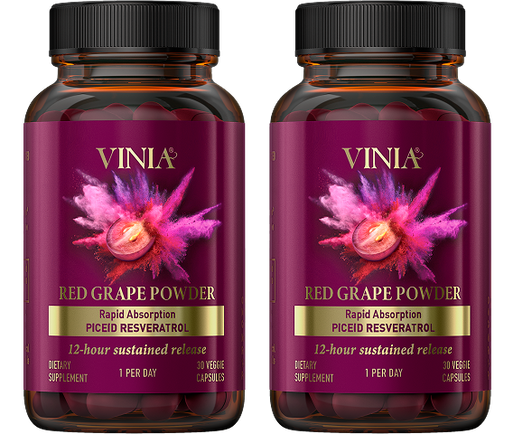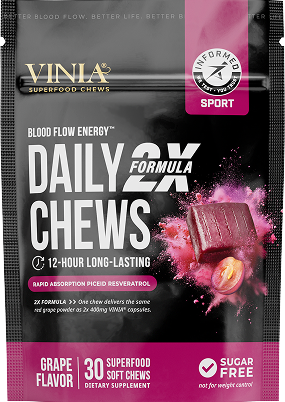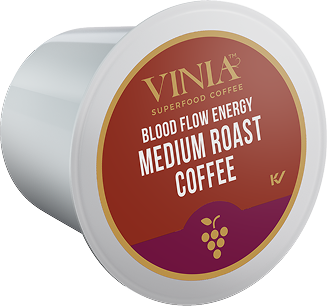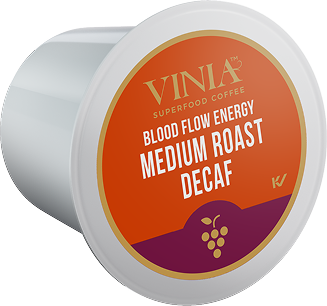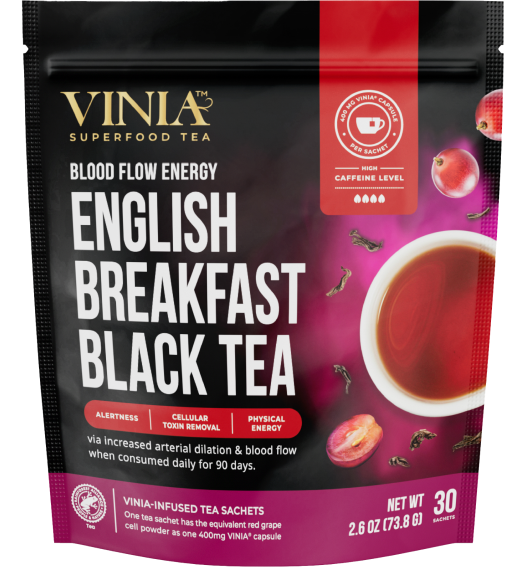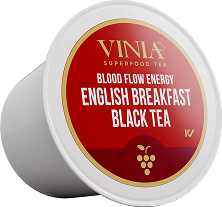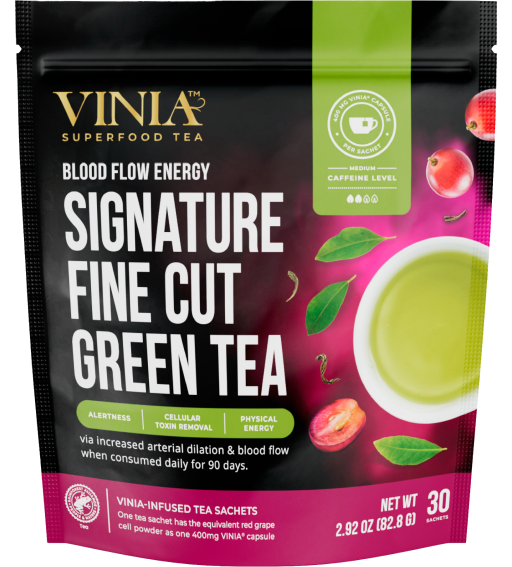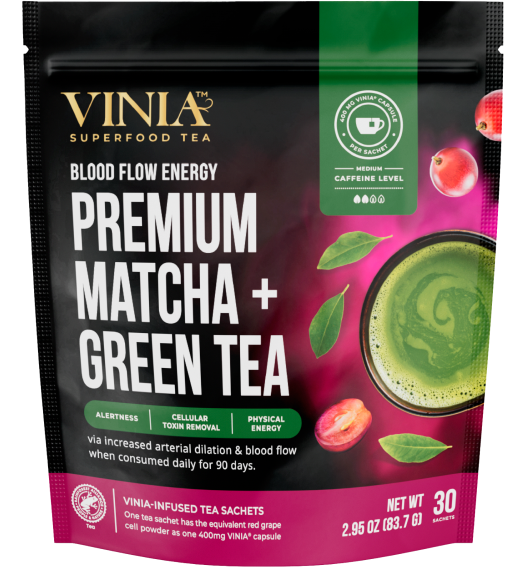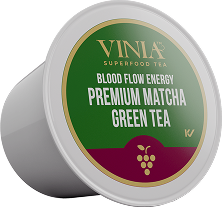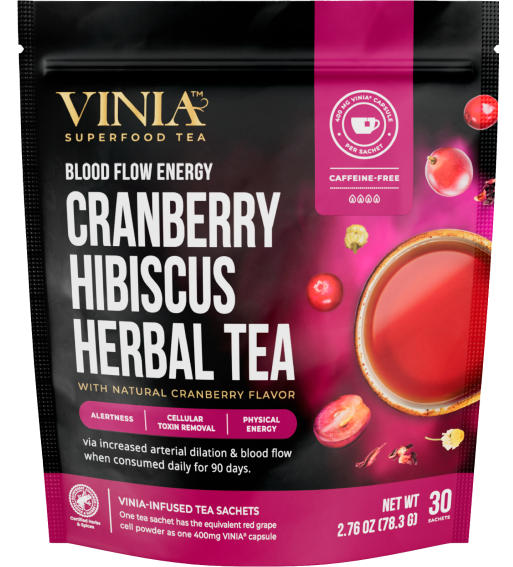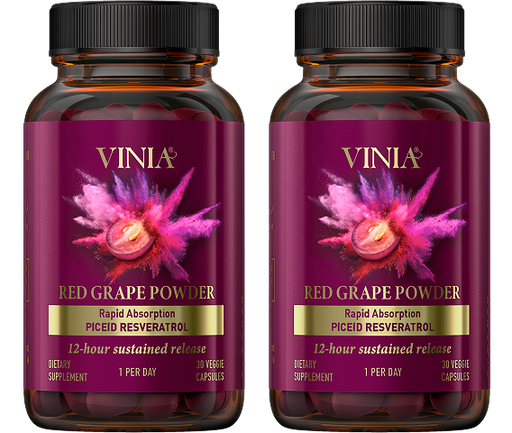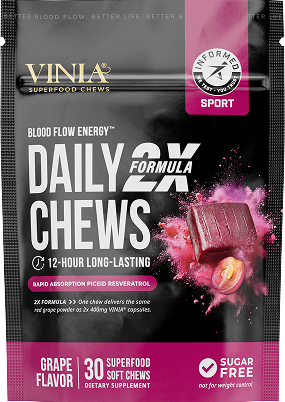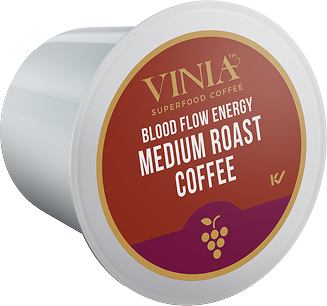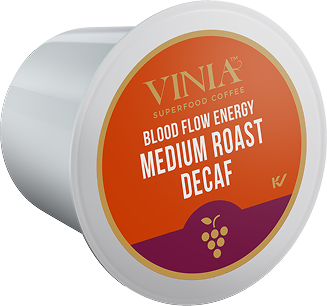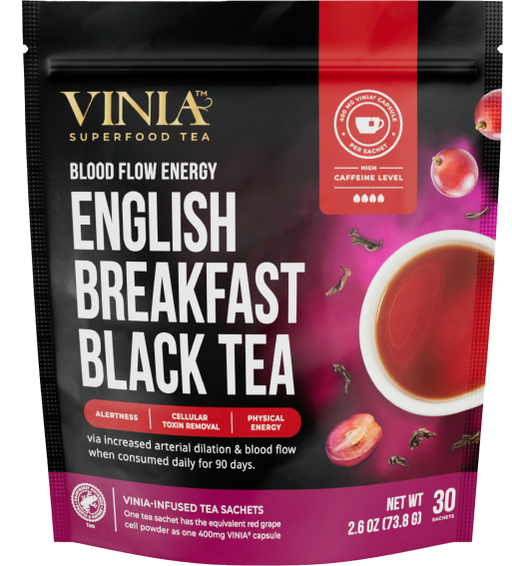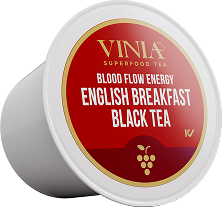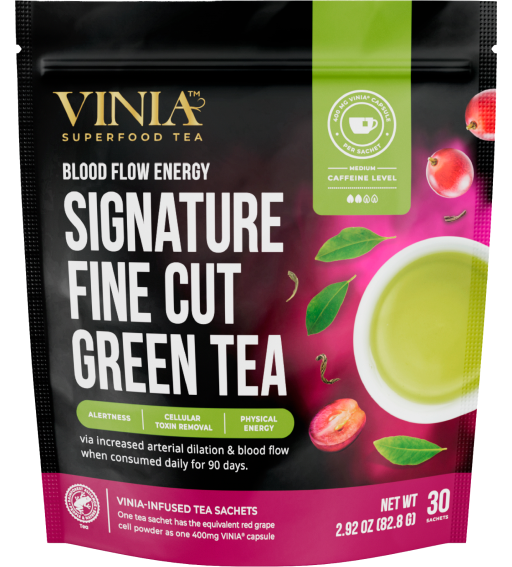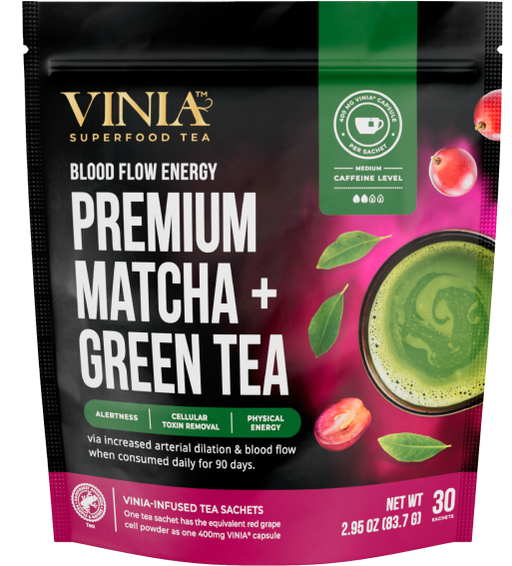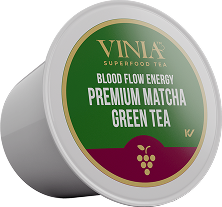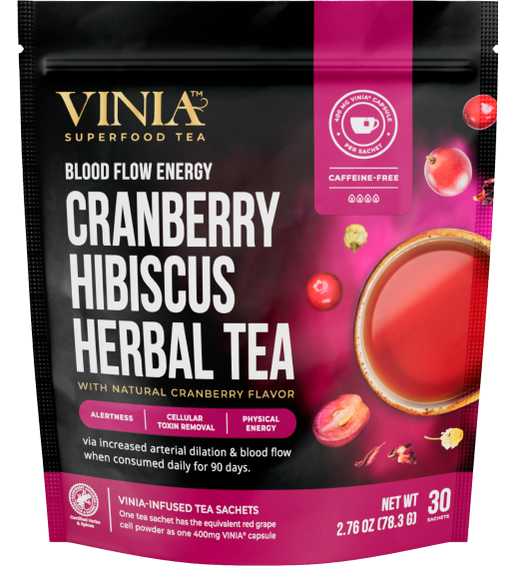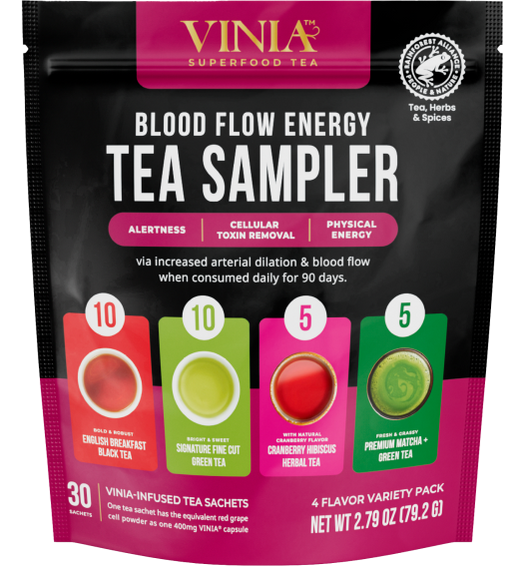Clinicals
Bioavailability of VINIA piceid resveratrol Vs. Polygonum/synthetic/biosynthetic Resveratrol
Although Resveratrol was demonstrated to have a promising therapeutic potential as confirmed by in vitro studies, animal and clinical trials have shown less promising results because of the extremely low solubility thus, low bioavailability of oral Resveratrol . At present, Resveratrol is only administered orally. Solubility is recognized as a key factor for bioaccessibility and thus bioavailability (1).
Generally, polyphenol as well as t-Resveratrol aglycones (not connected to sugar molecule) have low solubility. In nature, polyphenols occur mainly as glycosylated (connected to sugar molecule) derivatives. The presence of glycosyl (glucose) groups connected to Resveratrol, i.e. T-Resveratrol- piceid, may nonetheless improve bioavailability due to higher solubility in water or in body fluids, and rapid gastrointestinal absorption compared with Resveratrol alone. (2).
In two review articles on resveratrol that were published in peer review journals:
1. "Molecules" in November 2020, VINIA was presented (Vinia is a Trade name for RGC) as "Novel Formulations".
The cite on VINIA was shown in section refers to "Novel Formulations":
"Focuses on the alternative formulations and delivery systems associated with the potential use of Resveratrol as potent molecule for different indications:
A product consisting of red grape cells (RGC) in which Resveratrol with one hexose moiety was the main polyphenol, revealed a high bioavailability and solubility in body fluids, and rapid gastrointestinal absorption compared with Resveratrol alone. This glycosylated structure of Resveratrol provides more stability and resistance to enzymatic metabolism"
2. Herbal Medicine J, 2018 VINIA was presented as a novel formulation.
"Novel formulations The synthesis of a novel product consisting of red grape cells (RGC) has been carried out (Azachi et al., 2014). The main polyphenol in RGC is RES with one hexose moiety (Azachi et al., 2014). The human pharmacokinetic analysis of RGC-resveratrol revealed a relatively high bioavailability compared to RES alone (Azachi et al., 2014). The glycosylated structure of RGC-resveratrol provided more stability and resistance to enzymatic degradation (Azachi et al., 2014). Furthermore, the RGC has a higher water solubility than RES (Azachi et al., 2014). This stability and probable higher solubility in bodily fluids, combined with the rapid gastrointestinal absorption that was observed, means that RGC resveratrol could serve as an effective alternative to pure trans-resveratrol in a clinical setting (Azachi et al., 2014). Clinical studies need to be performed to investigate this further."(4)
The superiority of VINIA Resveratrol-piceid
1. VINIA-resveratrol-piceid was absorbed relatively quickly and had unique concentration/time curves that have not been reported previously for other commercial resveratrol products.
This comparison is based on Review of 15 different clinical studies or products on resveratrol bioavailability in human.
Two peaks (long lasting): Human pharmacokinetic and bioavailability analysis with VINIA revealed long lasting pattern with relatively high bioavailability and two distinctly separated plasma concentration peaks at 1 and 5 h (3). Importantly, concentration time curves of synthetic or yeast fermentation(biosynthesis) sources of resveratrol (Poulson et al., 2013) as well as of polygonum derived resveratrol (Amiot et al., 2013) show a distinct single concentration peak.
Similar profile has been revealed after the ingestion of piceid resveratrol the most abundant form of resveratrol found naturally in red grapes that was dissolved in ethanol and in skim milk (not a commercial product) (Burkon and Samoza 2008) .
2. Long lasting: VINIA Piceid-Resveratrol demonstrated in human clinical study long lasting in the blood plasma above 12 hours which is important to get long lasting activity/effect (3).
3. Longer T max: Administration of VINIA t-Resveratrol-piceid resulted in a Tmax value of 4 hours, which is substantially longer than the Tmax of average of 1-2 h, reported following the administration of pure T-resveratrol (Brown et al., 2010, Cottart et al., 2010).
Longer T max can be found following the administration of whole grape products such as grape juice (Ortuno et al., 2010; Rotches-Ribalta et al., 2012) and following 15 red grape (Resverasor®, Soria Natural, S.A.) extract tablets (Rotches-Ribalta et al., 2012)
purchased T Max definition: the amount of time that a component is present at the maximum concentration in serum.
4. Fast absorbance: VINIA Piceid resveratrol demonstrated in human clinical study fast absorbance, the rate of absorbance and resveratrol concentrations at the first 3 time points were higher in VINIA-resveratrol as compared to the Polygonum/synthetic/biosynthetic derived product.
The glycosyl (glucose) groups in VINIA-Reveratrol-Piceid with its higher water solubility may also explain its significantly high gastrointestinal absorption rate as demonstrated in Resveratrol found in the plasma samples of most subjects that received VINIA already after 20 min (3).
This glycosylated structure may render VINIA-Resveratrol-Piceid more stable to enzymatic oxidation (Regev-Shoshani et al., 2003), but more importantly, it may enable VINIA-Piceid Resveratrol to be more soluble in aqueous media such as body fluids. Accordingly, in line with its Resveratrol-glycoside chemical nature VINIA-resveratrol presented higher water


